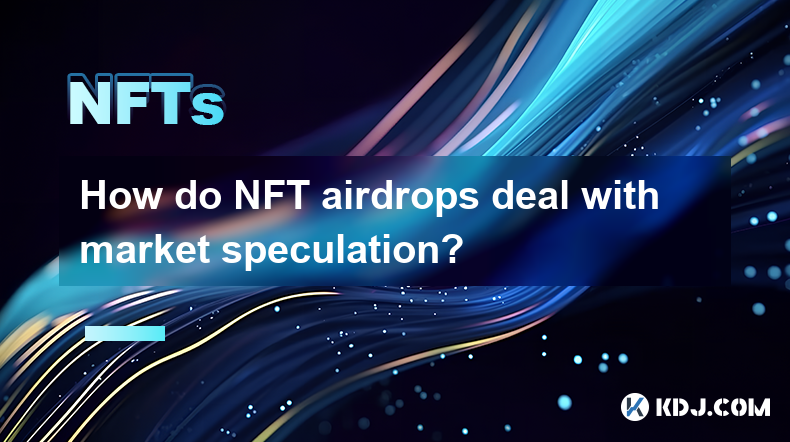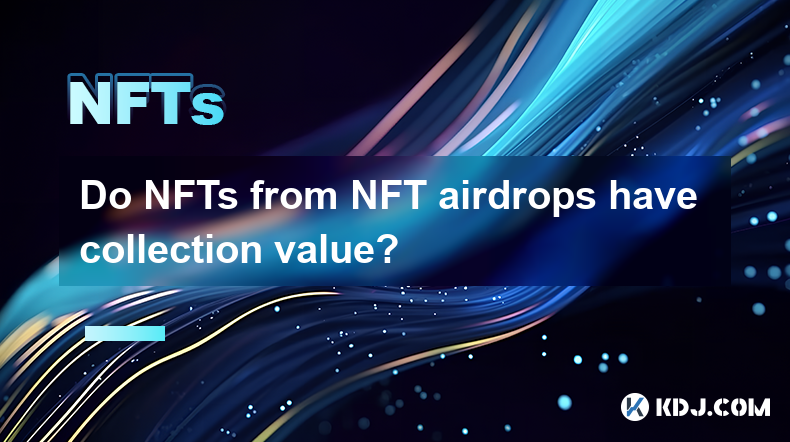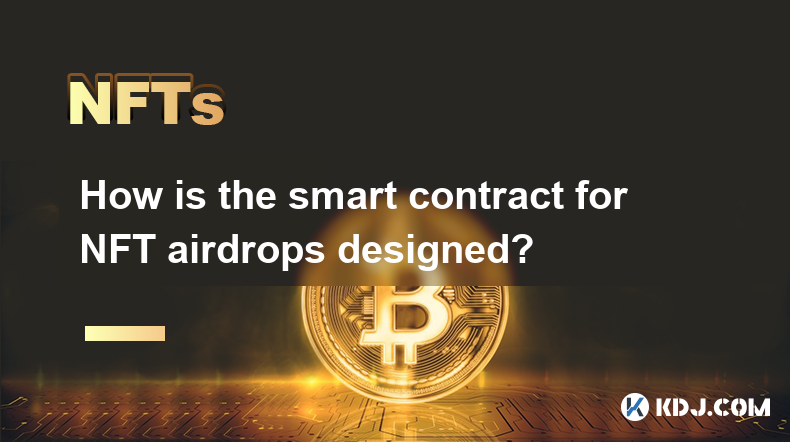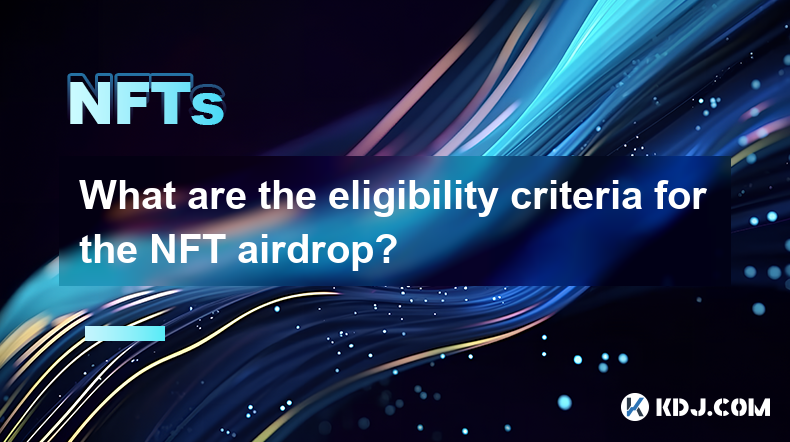-
 Bitcoin
Bitcoin $84,384.8183
-1.07% -
 Ethereum
Ethereum $1,575.4217
-2.16% -
 Tether USDt
Tether USDt $1.0000
0.01% -
 XRP
XRP $2.0513
-1.44% -
 BNB
BNB $587.7666
-0.46% -
 Solana
Solana $136.1987
-1.90% -
 USDC
USDC $0.9999
-0.01% -
 TRON
TRON $0.2449
1.47% -
 Dogecoin
Dogecoin $0.1531
-3.16% -
 Cardano
Cardano $0.6115
-1.84% -
 Chainlink
Chainlink $13.1143
2.54% -
 UNUS SED LEO
UNUS SED LEO $9.3289
0.19% -
 Avalanche
Avalanche $19.3767
-1.94% -
 Toncoin
Toncoin $2.9937
0.90% -
 Stellar
Stellar $0.2413
-1.97% -
 Shiba Inu
Shiba Inu $0.0...01238
1.50% -
 Hedera
Hedera $0.1638
-1.14% -
 Sui
Sui $2.0935
-2.40% -
 Bitcoin Cash
Bitcoin Cash $332.2596
-0.98% -
 Polkadot
Polkadot $3.8775
3.68% -
 Hyperliquid
Hyperliquid $17.3658
-3.92% -
 Litecoin
Litecoin $76.0310
0.32% -
 Dai
Dai $1.0000
0.00% -
 Bitget Token
Bitget Token $4.3896
-3.25% -
 Ethena USDe
Ethena USDe $0.9993
0.01% -
 Pi
Pi $0.6275
-2.84% -
 Monero
Monero $216.5762
1.82% -
 Uniswap
Uniswap $5.2230
-0.81% -
 Pepe
Pepe $0.0...07465
1.17% -
 Aptos
Aptos $4.9923
2.61%
How does NFT Environmental Impact trigger discussions on energy consumption?
NFTs' environmental impact, largely due to energy-intensive blockchain technologies like proof-of-work, sparks debate on sustainability. Solutions include shifting to proof-of-stake, carbon offsetting, and developing greener blockchain technologies.
Mar 10, 2025 at 07:20 pm

Key Points:
- NFTs' environmental impact stems primarily from the energy consumption of the blockchains they reside on, particularly proof-of-work (PoW) systems like Bitcoin and Ethereum (before the Merge).
- The energy used in mining cryptocurrencies to validate NFT transactions contributes significantly to carbon emissions.
- The debate centers around the sustainability of NFT creation and trading, raising concerns about the technology's long-term viability.
- Solutions being explored include transitioning to more energy-efficient consensus mechanisms (proof-of-stake), utilizing carbon offsetting, and developing more sustainable blockchain technologies.
- The discussion highlights the broader tension between technological innovation and environmental responsibility.
How Does NFT Environmental Impact Trigger Discussions on Energy Consumption?
The burgeoning world of Non-Fungible Tokens (NFTs) has sparked intense debate regarding their environmental footprint. This stems largely from the energy-intensive nature of the blockchains used to create and trade them. Many popular NFT marketplaces operate on proof-of-work (PoW) blockchains, which require significant computational power to validate transactions, leading to high energy consumption. This energy consumption is a major source of greenhouse gas emissions.
The sheer volume of transactions involved in minting and trading NFTs further exacerbates the problem. Each transaction requires solving complex cryptographic puzzles, demanding vast amounts of electricity. This electricity generation often relies on fossil fuels, contributing to global carbon emissions. The resulting environmental impact is considerable and has raised significant concerns among environmental activists and the wider public.
The controversy surrounding NFTs and their environmental impact is not merely theoretical. Studies have attempted to quantify the energy consumption associated with specific NFT projects, revealing substantial energy usage, often exceeding that of smaller countries for certain periods. These findings fuel the ongoing discussions, prompting critical evaluations of the technology's sustainability.
One of the core aspects of the discussion centers on the energy source used for the mining process. While some mining operations utilize renewable energy sources, a significant portion relies on fossil fuels, negating any potential environmental benefits. This reliance on non-renewable resources is a key point of contention in the debate. The discussion also extends to the overall efficiency of the blockchain networks themselves.
The environmental impact of NFTs is not solely about the energy used for mining. The process of creating and storing NFT artwork, especially high-resolution images and videos, also contributes to the carbon footprint. This digital creation process requires significant computing power, adding to the overall energy consumption. The storage and retrieval of NFTs, potentially on centralized servers, also has an environmental cost.
Exploring Solutions and Mitigation Strategies
Several approaches are being explored to mitigate the environmental impact of NFTs. The shift towards proof-of-stake (PoS) consensus mechanisms represents a significant step forward. PoS systems require significantly less energy than PoW, promising a more sustainable future for NFTs. Ethereum's transition to PoS is a prime example of this effort.
Beyond changing the underlying blockchain technology, carbon offsetting is another strategy gaining traction. Projects are emerging that aim to compensate for the carbon emissions generated by NFT transactions through investments in carbon reduction initiatives. However, the effectiveness and transparency of carbon offsetting programs are subject to ongoing debate.
Furthermore, there's a growing interest in developing more energy-efficient blockchains specifically designed for NFTs. These blockchains often utilize innovative consensus mechanisms or employ optimization techniques to minimize energy consumption. These innovations are still in their early stages but hold significant promise for the future.
The use of more sustainable technologies and practices within the NFT ecosystem is vital. This includes employing renewable energy sources for mining, optimizing the efficiency of smart contracts, and encouraging the development of energy-efficient NFT marketplaces. These actions represent crucial steps towards minimizing the environmental impact of this rapidly evolving technology.
The ethical considerations are equally important. The discussion extends beyond mere energy consumption to encompass broader issues of environmental responsibility and the sustainability of the NFT market itself. This requires a holistic approach, considering the entire lifecycle of NFTs, from creation to disposal.
Common Questions and Answers:
Q: Are all NFTs equally harmful to the environment?
A: No. The environmental impact varies greatly depending on the blockchain used, the energy source for mining, and the size and complexity of the NFT. NFTs on PoS blockchains generally have a much smaller impact than those on PoW blockchains.
Q: Can I do anything to reduce my NFT's environmental impact?
A: Choose NFTs minted on more energy-efficient blockchains (like those using PoS). Consider the size and complexity of the NFT artwork; smaller, simpler NFTs have a smaller environmental footprint. Support projects that invest in carbon offsetting initiatives.
Q: Will NFTs always be environmentally damaging?
A: Not necessarily. The ongoing development of more sustainable blockchains and the adoption of energy-efficient practices within the NFT ecosystem could significantly reduce the environmental impact of NFTs in the future.
Q: What is the role of regulation in addressing NFT environmental concerns?
A: Regulations could incentivize the use of more sustainable technologies and practices, potentially through carbon taxes or subsidies for green initiatives within the NFT space. Transparency requirements could also help consumers make informed decisions.
Q: Is the environmental impact of NFTs comparable to other industries?
A: Direct comparisons are difficult. However, studies suggest that the energy consumption of some NFT projects can be significant, raising concerns about their overall environmental impact relative to other sectors. Further research is needed to establish definitive comparisons.
Disclaimer:info@kdj.com
The information provided is not trading advice. kdj.com does not assume any responsibility for any investments made based on the information provided in this article. Cryptocurrencies are highly volatile and it is highly recommended that you invest with caution after thorough research!
If you believe that the content used on this website infringes your copyright, please contact us immediately (info@kdj.com) and we will delete it promptly.
- Pi Network (PI) Price Prediction: It Could Get Ugly
- 2025-04-21 00:25:13
- Dogecoin (DOGE) Holders Celebrate Doge Day on April 20, 2025, as the Community Awaits a Possible DOGE ETF
- 2025-04-21 00:25:13
- A renewed wave of optimism is spreading through the Dogecoin market
- 2025-04-21 00:20:13
- Solana (SOL) Price Wedged Between Two Crucial Levels, Breakout or Breakdown?
- 2025-04-21 00:20:13
- Bitcoin BTC/USD, Ethereum ETH/USD, XRP XRP/USD, and Dogecoin DOGE/USD Moved Sideways Amid Tariff Uncertainties
- 2025-04-21 00:15:12
- The Solana Price Was One of the Few Highlights
- 2025-04-21 00:15:12
Related knowledge

How to display and trade NFTs from NFT airdrops?
Apr 18,2025 at 04:42am
How to Display and Trade NFTs from NFT Airdrops? NFT airdrops have become a popular way for projects to distribute their tokens and engage with their community. If you've received NFTs through an airdrop, you might be wondering how to display and trade them. This article will guide you through the process step-by-step, ensuring you can showcase your NFT...

How do NFT airdrops deal with market speculation?
Apr 20,2025 at 10:28pm
NFT airdrops have become a significant phenomenon in the cryptocurrency space, often used as a marketing tool to distribute tokens or digital assets to a wide audience. However, they also introduce elements of market speculation that can impact the value and perception of NFTs. This article explores how NFT airdrops deal with market speculation, delving...

Do NFTs from NFT airdrops have collection value?
Apr 18,2025 at 11:49pm
NFTs, or non-fungible tokens, have become a significant part of the cryptocurrency ecosystem, and NFT airdrops are one way for projects to distribute these digital assets to their community. A common question that arises is whether NFTs received from airdrops have any collection value. To answer this question, we need to delve into various aspects of NF...

How is the smart contract for NFT airdrops designed?
Apr 18,2025 at 03:10am
The design of a smart contract for NFT airdrops is a complex process that requires careful consideration of various factors to ensure the airdrop is executed smoothly and securely. This article will delve into the intricacies of how such a smart contract is designed, focusing on key components, security measures, and the implementation process. Key Comp...

What are the eligibility criteria for the NFT airdrop?
Apr 17,2025 at 04:56pm
Understanding NFT AirdropsNFT airdrops are a popular method used by blockchain projects to distribute non-fungible tokens (NFTs) to their community members. These airdrops can serve various purposes, such as rewarding loyal users, promoting new projects, or increasing the visibility of existing ones. To participate in an NFT airdrop, individuals must me...

How to design a user authentication system for an NFT platform?
Apr 20,2025 at 01:49pm
Designing a user authentication system for an NFT (Non-Fungible Token) platform is crucial for ensuring security, user experience, and compliance with regulatory standards. This article will guide you through the process of creating a robust authentication system tailored for an NFT platform, covering key aspects such as user registration, login mechani...

How to display and trade NFTs from NFT airdrops?
Apr 18,2025 at 04:42am
How to Display and Trade NFTs from NFT Airdrops? NFT airdrops have become a popular way for projects to distribute their tokens and engage with their community. If you've received NFTs through an airdrop, you might be wondering how to display and trade them. This article will guide you through the process step-by-step, ensuring you can showcase your NFT...

How do NFT airdrops deal with market speculation?
Apr 20,2025 at 10:28pm
NFT airdrops have become a significant phenomenon in the cryptocurrency space, often used as a marketing tool to distribute tokens or digital assets to a wide audience. However, they also introduce elements of market speculation that can impact the value and perception of NFTs. This article explores how NFT airdrops deal with market speculation, delving...

Do NFTs from NFT airdrops have collection value?
Apr 18,2025 at 11:49pm
NFTs, or non-fungible tokens, have become a significant part of the cryptocurrency ecosystem, and NFT airdrops are one way for projects to distribute these digital assets to their community. A common question that arises is whether NFTs received from airdrops have any collection value. To answer this question, we need to delve into various aspects of NF...

How is the smart contract for NFT airdrops designed?
Apr 18,2025 at 03:10am
The design of a smart contract for NFT airdrops is a complex process that requires careful consideration of various factors to ensure the airdrop is executed smoothly and securely. This article will delve into the intricacies of how such a smart contract is designed, focusing on key components, security measures, and the implementation process. Key Comp...

What are the eligibility criteria for the NFT airdrop?
Apr 17,2025 at 04:56pm
Understanding NFT AirdropsNFT airdrops are a popular method used by blockchain projects to distribute non-fungible tokens (NFTs) to their community members. These airdrops can serve various purposes, such as rewarding loyal users, promoting new projects, or increasing the visibility of existing ones. To participate in an NFT airdrop, individuals must me...

How to design a user authentication system for an NFT platform?
Apr 20,2025 at 01:49pm
Designing a user authentication system for an NFT (Non-Fungible Token) platform is crucial for ensuring security, user experience, and compliance with regulatory standards. This article will guide you through the process of creating a robust authentication system tailored for an NFT platform, covering key aspects such as user registration, login mechani...
See all articles























































































